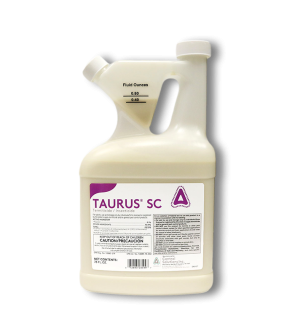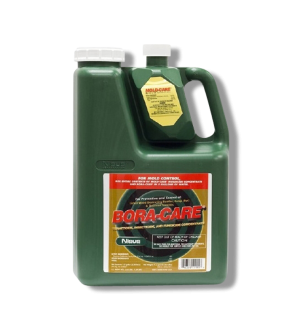3 Flood Facts About Termites that Every Homeowner Needs To Know
Most Effective Products
3 Flood Facts About Termites that Every Homeowner Needs To Know
Termites stink. So does flooding. In the southeastern part of the United States, unfortunately, you have to deal with the impending threat of both. Both termites and flooding can do some terrible damage to your home that can be costly to repair. However, if you happen to have termites, would they be washed away by a flood, leaving you with at least one less home destroyer to worry about? Surely, you wouldn’t have to put up with both of these headaches at the same time, right? Don’t sing and rejoice so soon.
Termites, more often than not, can survive being drowned out by flooding, and even worse, they could come back stronger than ever.
The last thing that a homeowner who’s suffered from flood damage should worry about are termites adding to the stress and inflicting even more damage upon the home and racking up the repair bills. In this article, Solutions Pest and Lawn will explore what happens to termites during and after a flood and what you should do about it so termites aren’t an added worry during the difficult time of recovering from a flood.
1. Some Termites Can Withstand Flood Conditions
While it may be true that termites can be washed away by a flood or even drowned, some termites can withstand being underwater for extended periods of time. Recent studies have shown that termites, in particular, are more likely to survive floods that are not too major.
When a flood arrives, termites opt not to retreat to high ground and avoid the floodwaters. Amazingly, they choose to stay put and protect themselves from drowning by entering a temporarily inactive state where they cannot move or expend energy so they don't lose air. While in this condition, certain types of subterranean termites can impressively survive being underwater between 16 to 30 hours long! So with the exception of a serious superflood, termites have a fighting chance to survive a flood. Their reward for living through it all? The damp and wet conditions of your home.
2. A Soil Washout May Mean That Your Termite Barrier is Gone
If you were someone who had an issue with termites and either had a professional termite treatment done or carried out some DIY termite control by building a termite trench using one of our premium products like Taurus SC or Reclaim IT, there is a chance that your barrier keeping those termites out was washed away. Products like Fipronil-based Taurus SC are able to withstand flooding conditions and still be effective in the soil where they were applied. However, if the soil was moved or shifted due to the severity of the flood, retreatment may be necessary. Other reasons which may result in a termite barrier treatment being compromised are:
-
There is substantial soil erosion next to the foundation of the structure
-
Repairs after the flood have required the moving of treated soil
-
Patios, porches, and other structures that were adjacent to the house have shifted away from the structure and have exposed new soil
-
Floodwaters have carried new soil to the perimeter of the building
-
Landscaping after the flood has added or manipulated soil
These may usually be extreme cases so it’s best to give your home an inspection after a flood to make sure termites have not gathered. If they have made their way to your foundation or any other wood element of your home, then it’s safe to say that the treatment has been washed away.
3. Termites Are Attracted To Mold After Flooding
It’s bad enough you have a flood to deal with, now there’s the stinky mold you have to endure as you work towards recovering your home. Unfortunately, the odor from the mold can attract termites toward your home even more than the damp wood. Mold produces mycotoxins, which are also known as Volatile Organic Compounds (VOC’s). The VOCs which result from mold make the wood in your home especially appetizing for termites. The way to combat this is to get your home dried as quickly as possible to prevent mold from accumulating and termites to begin gathering into your home to add insult to injury.
We highly recommend using Boracare with Mold Care to treat your wood to prevent mold development and discourage termites from damaging the wood further.
Things To Consider

A moderate or severe flood upon your home and neighborhood can be a very difficult and stress-filled experience. Getting your home livable again can take some time and money spent to get things back to normal. Don’t let termites add to your stress. Termites thrive after a flood when most homeowners think that they have been drowned out.
You can save yourself a bundle of money in future repairs if you conduct a DIY termite treatment to your home to make sure termites don’t take advantage of your flooded conditions. Give us a call if you need specialized assistance in carrying out an effective termite control program or need help with your order. Our online database is vast with helpful information and our knowledgeable phone representatives can help you by giving you the best product recommendations for your specific termite issue.
Key Takeaways
- Floods can create conditions that termites enjoy and can exacerbate an infestation by creating moisture and mold which attracts termites.
- If you had applied a termite treatment prior to a flood, chances are you may have to retreat your home's perimeter if the soil has shifted and washed away the product.
- Products like Taurus SC and Boracare with Moldcare can be helpful tools to ward off termites after a flood so they don't cause further damage.












































































































































































































































































































































































































































































































































